/admin/item?itemID=9e3672a1-b3ed-4239-ac4d-82c14906615b
Hawksbill sea turtles in seagrass pastures : success in a peripheral habitat

Ver/
Tipo de acceso
AbiertoTipo de Material
ArtículoTipo de Contenido
Investigación científicaIdioma
InglésAudiencia
Técnicos, profesionales y científicosColección
- Investigación ambiental [1725]
Metadatos
Mostrar el registro completo del ítem| Sinopsis: | Hawksbill sea turtles, Eretmochelys imbricata, are closely associated with coral reef and other hard-bottom habitats. Seagrass pastures are peripheral habitats for Caribbean hawksbills. With the decline in quality and quantity of coral reefs, seagrass habitats may become more important for hawksbills. We use data from a 30-year mark-recapture study of hawksbills and green turtles, Chelonia mydas, in the southern Bahamas to assess the quality of a seagrass habitat for hawksbills. Size distribution, residence times, and body condition index for the seagrass hawksbill aggregation are similar to those of hawksbill aggregations over Caribbean reefs. Somatic growth rates of seagrass hawksbills are in the upper range of those reported for reef hawksbills. Based on these parameters, peripheral seagrass habitats can support healthy, productive hawksbill aggregations. During the 30-year study, a sixfold variation in green turtle density in the study area did not affect the productivity or body condition of hawksbills. |
| Autor(es): | Bjorndal, Karen A.
Bolten, Alan B. |
| Año: | 2010 |
| Publicado: | Marine Biology, 157(1), 135-145 |
| Citación: | Bjorndal, K. A., & Bolten, A. B. (2010). Hawksbill sea turtles in seagrass pastures: success in a peripheral habitat. Marine Biology, 157(1), 135-145. Recuperado de: |
| URI: | https://bvearmb.do/handle/123456789/5857
|

